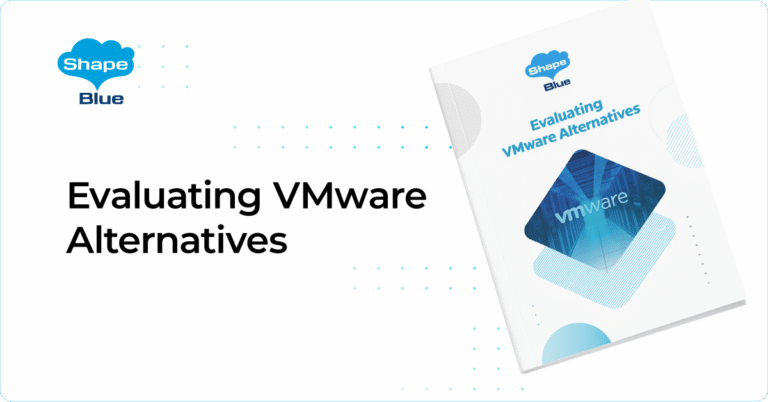Why LifeinCloud Chose Apache CloudStack for their European Public Cloud
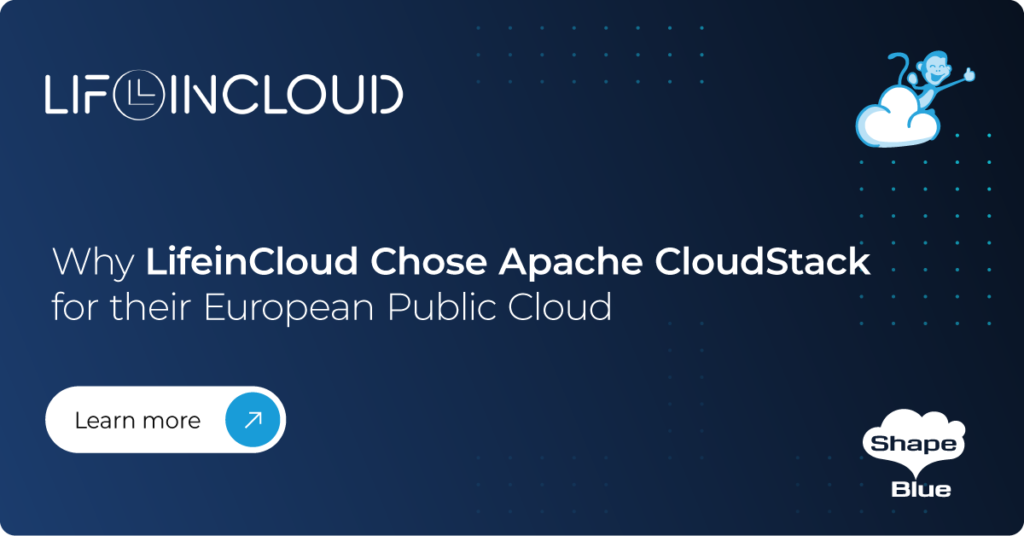
LifeInCloud, a European public cloud provider, is on a mission to make enterprise-grade cloud solutions more accessible, without the complexity that often comes with them. Their philosophy is simple: powerful cloud infrastructure without the traditional headaches. As LifeInCloud embarked on building a scalable, high-performance public cloud, they turned to ShapeBlue as a leading expert in […]
A Customer Centric Approach To Reimagining Private Cloud Hosting

At ShapeBlue, we believe that sharing real-world success stories is essential in demonstrating the power and potential of open-source solutions. Open-source technology thrives on collaboration, and every success story strengthens the community, proving that innovation doesn’t have to come with vendor lock-in or unpredictable costs. We’re joined by David Humes, Vice President of Product at US Signal, […]
OpenCloud: CloudStack-powered, Public Cloud Performance
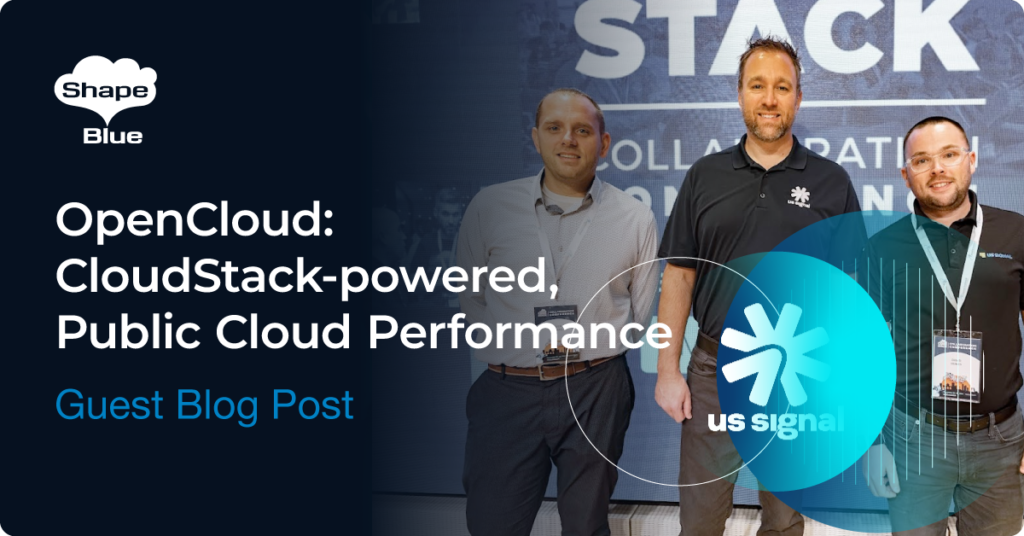
At ShapeBlue, we believe that sharing real-world success stories is essential in demonstrating the power and potential of open-source solutions. Open-source technology thrives on collaboration, and every success story strengthens the community, proving that innovation doesn’t have to come with vendor lock-in or unpredictable costs. That’s why we’ve invited Daven Winans, Vice President of Engineering […]
US Signal Shifting Workloads to Apache CloudStack After Losing Predictability with VMware
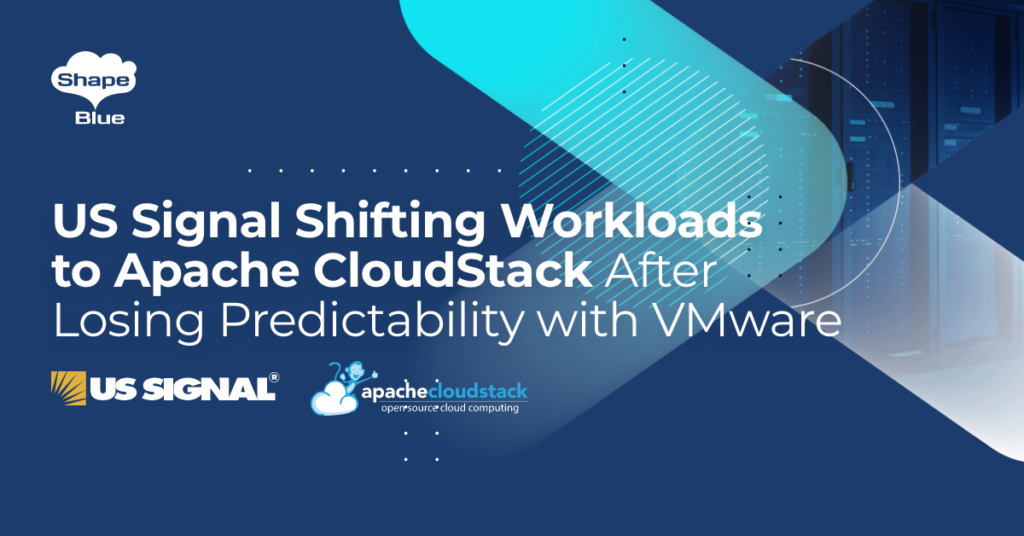
Following the challenges arising from Broadcom’s acquisition of VMware, US Signal sought an additional IaaS solution to offer their customers. John White, Chief Operating Officer at US Signal, emphasizes the importance of companies controlling their own destinies and having full opportunities for cloud consumption. US Signal is a leading digital infrastructure provider offering cloud, […]
Hosting a Static Website using CloudStack and MinIO
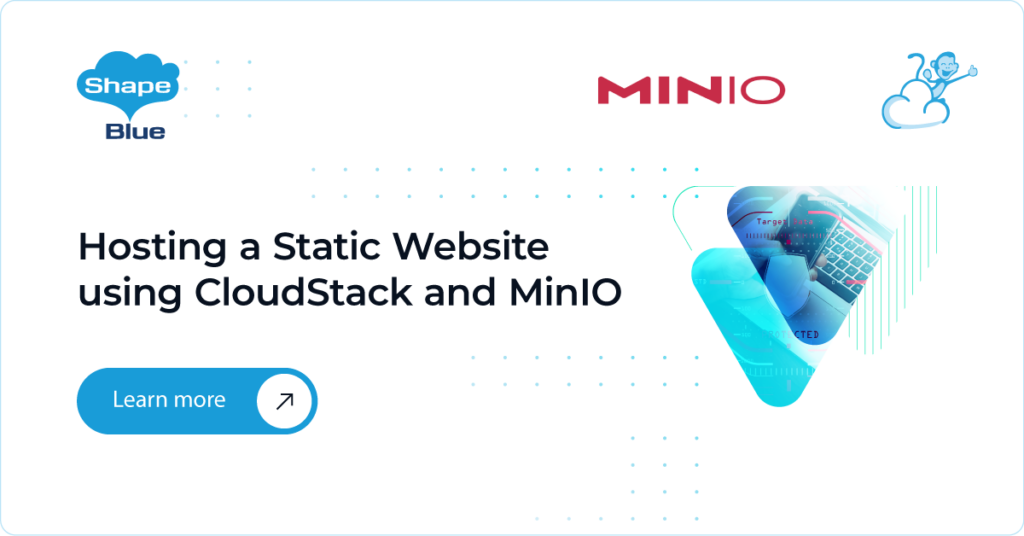
This tutorial describes how to configure CloudStack together with Minio Object Storage bucket to host a static website. MinIO is an Apache licensed open-source distributed object server, designed to be compatible with Amazon S3, which makes it easy to have the same API interface Static websites do not need server-side programming and databases. They contain […]



